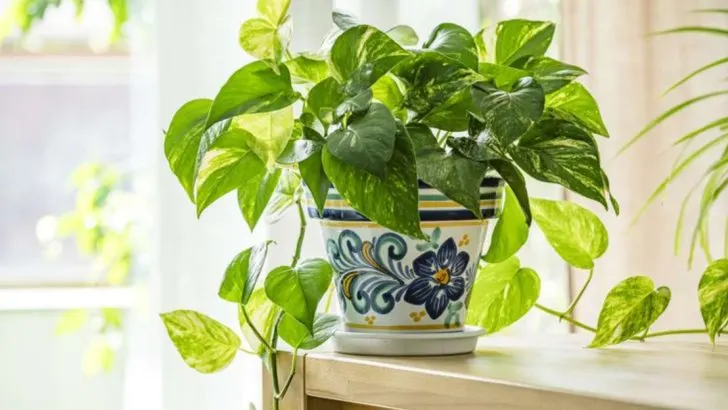As tempting as it is to let your favorite houseplants enjoy some fresh air in the warmer months, not all of them are on board with the idea. Some indoor plants are surprisingly sensitive to outdoor conditions, reacting poorly to changes in light, humidity, or temperature—even if you think they’ll love the sunshine.
On the flip side, there are houseplants that absolutely thrive outdoors once the weather warms up. These green companions actually benefit from a bit of natural light and airflow, often growing faster and looking better after their time outside. In this list, we break down 9 indoor plants to keep inside—and 9 that will thank you for the outdoor adventure.
Snake Plant
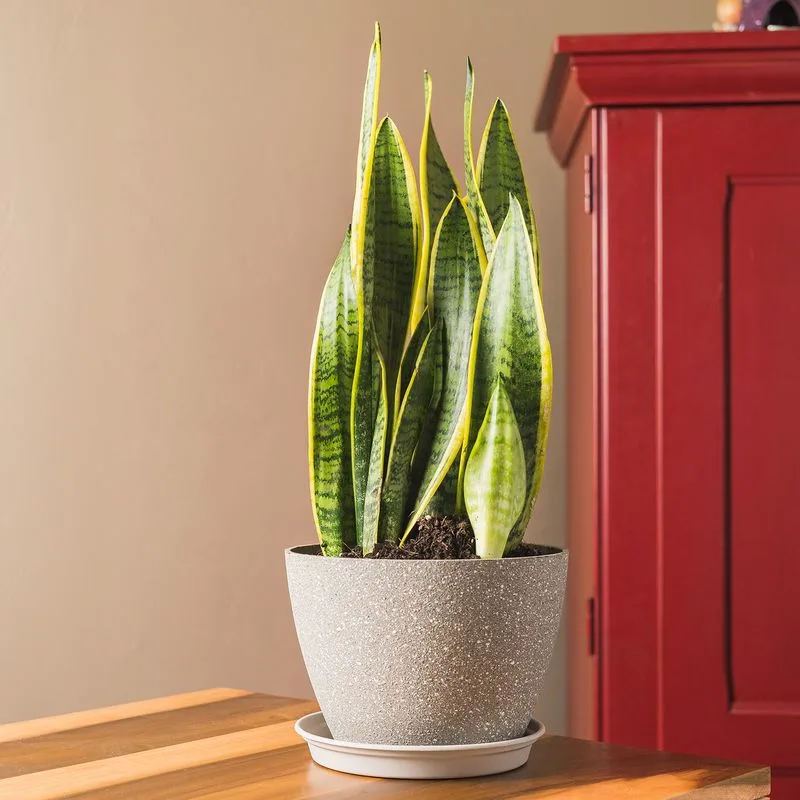
Snake plants are known for their resilience but prefer the indoors. They thrive in varying light conditions, making them perfect for dimly lit apartments or offices. Taking them outside might expose them to fluctuating temperatures and excessive rain, which they dislike. They are incredibly forgiving and can survive with little water. Keeping them indoors ensures they remain the striking upright feature everyone admires. A fun fact: snake plants are believed to purify air, adding another reason to keep them inside.
Peace Lily
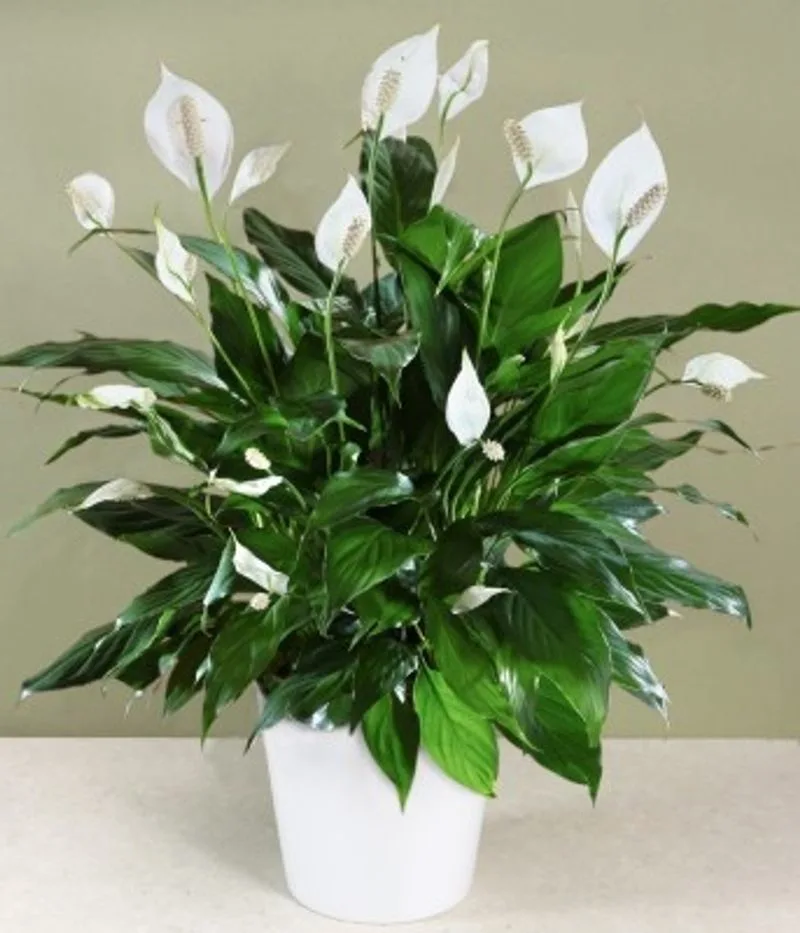
Peace lilies thrive in a stable indoor environment, enjoying low light and high humidity. They are sensitive to direct sunlight, which can scorch their delicate leaves. Outside, they might not receive the consistent moisture they crave, leading to drooping. These plants are great at signaling when they need water by wilting slightly. Their calming presence and air-purifying abilities make them a beloved indoor plant. Their resilience indoors is unmatched but bringing them outdoors might lead to health issues.
Spider Plant
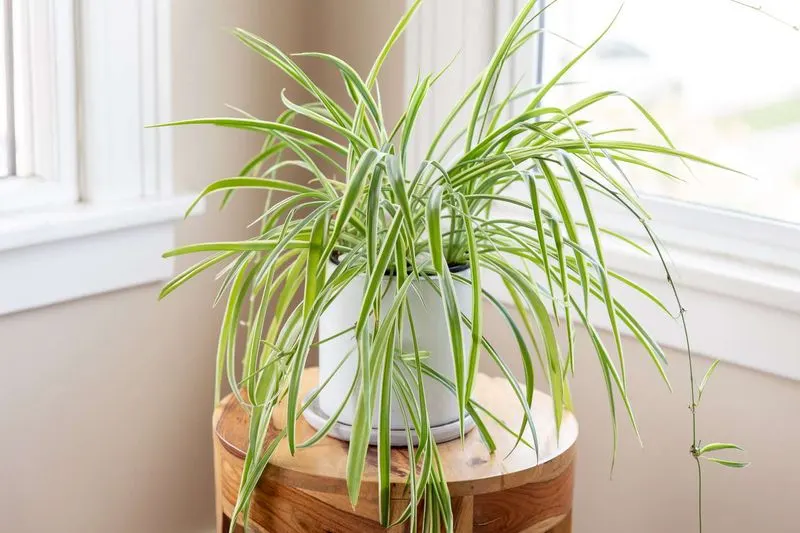
Spider plants, with their arching green and white-striped leaves, enjoy the controlled climate of indoor spaces. They don’t appreciate the unpredictable outdoor elements, such as wind and varying temperatures. Indoors, they are famed for their air-purifying qualities. Often found in hanging baskets, they add a touch of greenery and elegance to any room. These plants are also known for their ability to produce ‘spiderettes’, making them a favorite for propagation enthusiasts. Outdoors, they might not flourish as vibrantly.
ZZ Plant
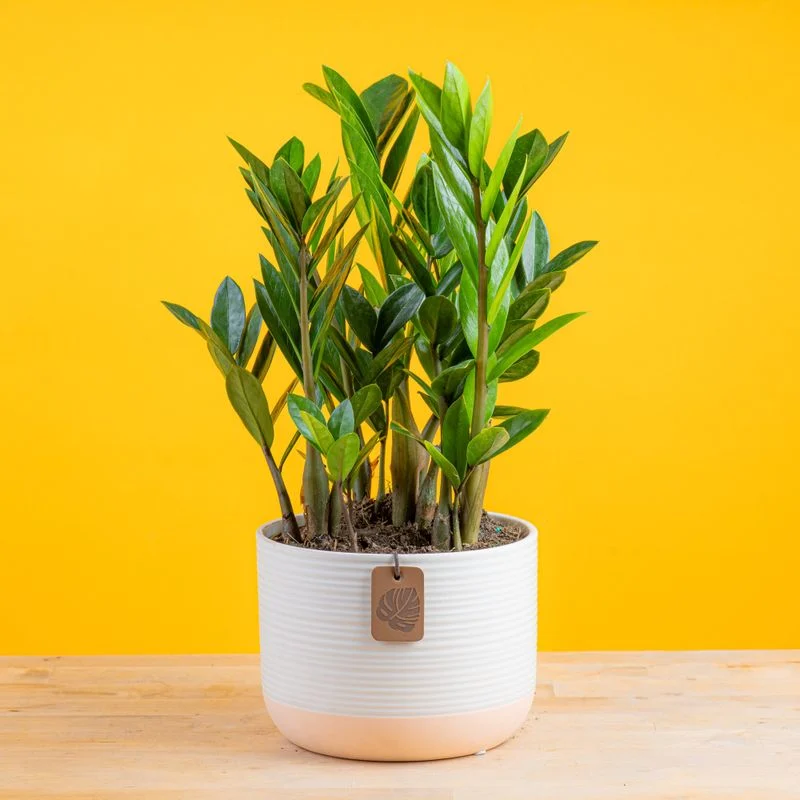
ZZ plants are an office favorite due to their ability to thrive in low light and with minimal care. Their shiny, waxy leaves are not just for show – they help retain moisture, making them drought-resistant. Outdoors, however, they might not withstand direct sunlight or heavy rains. These conditions can cause their leaves to yellow or rot. Indoors, they can grow over three feet tall, adding height and boldness to any corner. Despite their toughness, they remain a plant that prefers the indoors.
Fiddle Leaf Fig
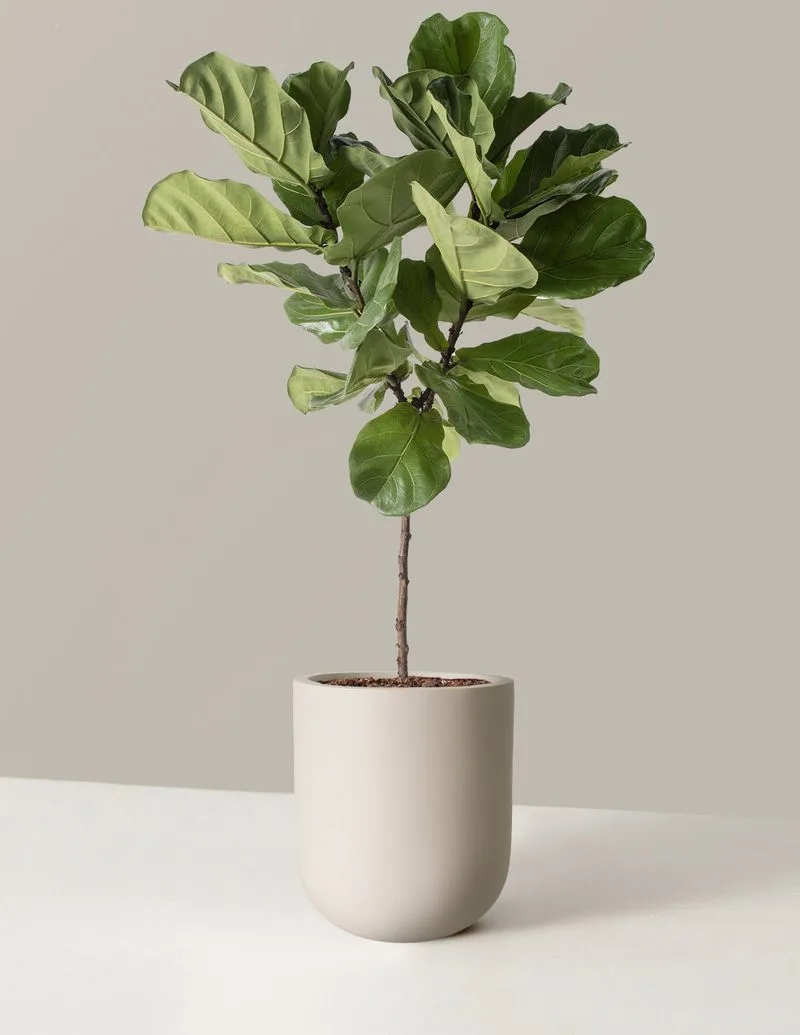
Fiddle leaf figs are the supermodels of the indoor plant world, with large, glossy leaves that make a statement. However, they are also known for being finicky. Inconsistent lighting and drafts, as found outdoors, can stress them out. Inside, they prefer bright, indirect light and stable conditions. Their lush appearance can be enhanced with regular turning to ensure even light distribution. While they may seem high-maintenance, their striking presence makes the effort worthwhile, especially when kept in their favored indoor environment.
Boston Fern
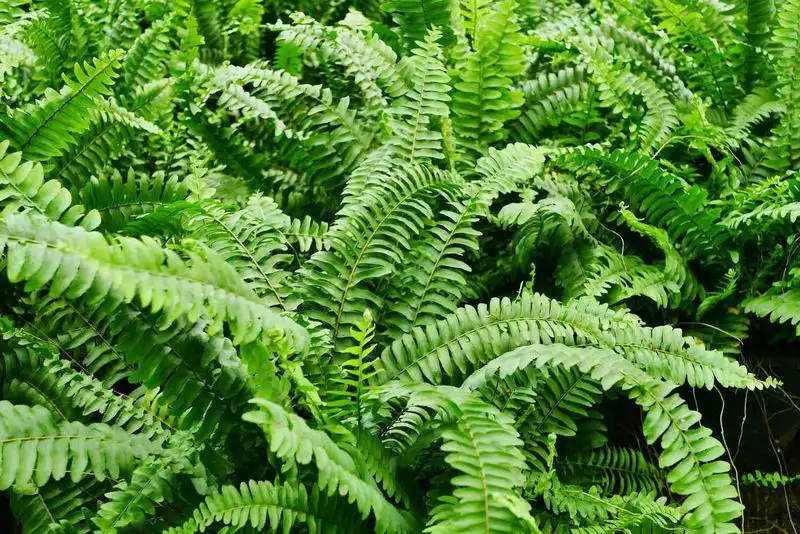
Boston ferns are known for their lush, feathery fronds and love being indoors where humidity levels can be controlled. They thrive in indirect light and need regular misting to stay vibrant and healthy. Outdoors, they might struggle with wind and direct sunlight, which can dry out their delicate leaves. A constant indoor temperature helps them maintain their radiant green hue. They are excellent for adding texture and movement to a room, making them a popular choice for indoor hanging baskets.
Pothos
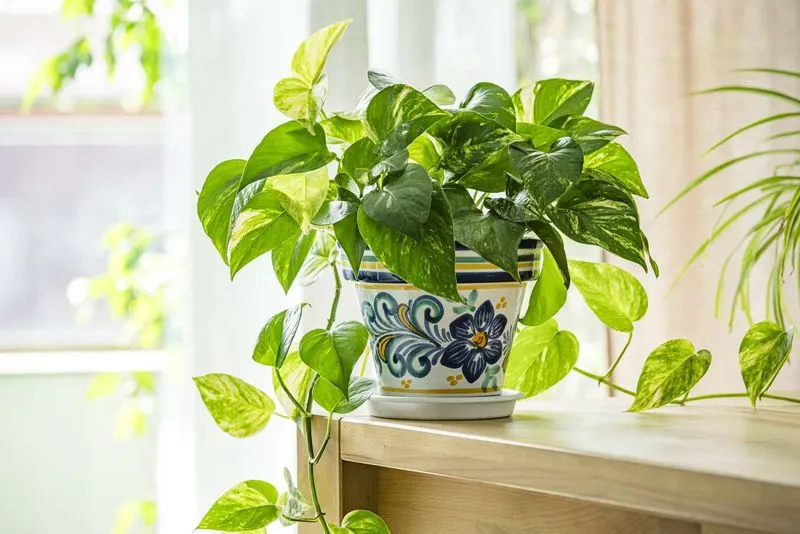
Pothos plants are beloved for their hardy nature and attractive, heart-shaped leaves. They are perfect for indoor spaces, as they tolerate low light and irregular watering. Taking them outdoors can expose them to harsh conditions that may stunt their growth. Pothos are also known for their excellent air-purifying capabilities. Indoors, they can be placed on shelves where their vines can cascade beautifully. Their adaptability makes them ideal for beginners, but they still prefer the comfort of an indoor setting for optimal growth.
Calathea

Calatheas are known for their dramatic foliage with intricate patterns. They thrive indoors, especially in humid environments with low to medium light. Outdoors, exposure to direct sun and dry air can result in faded leaves and poor growth. These plants are perfect for those who enjoy a bit of drama in their interior decor. Their leaves can even move in response to light changes, adding a dynamic element to your space. Calatheas are best appreciated indoors, where their beauty can be closely admired and cared for.
Monstera
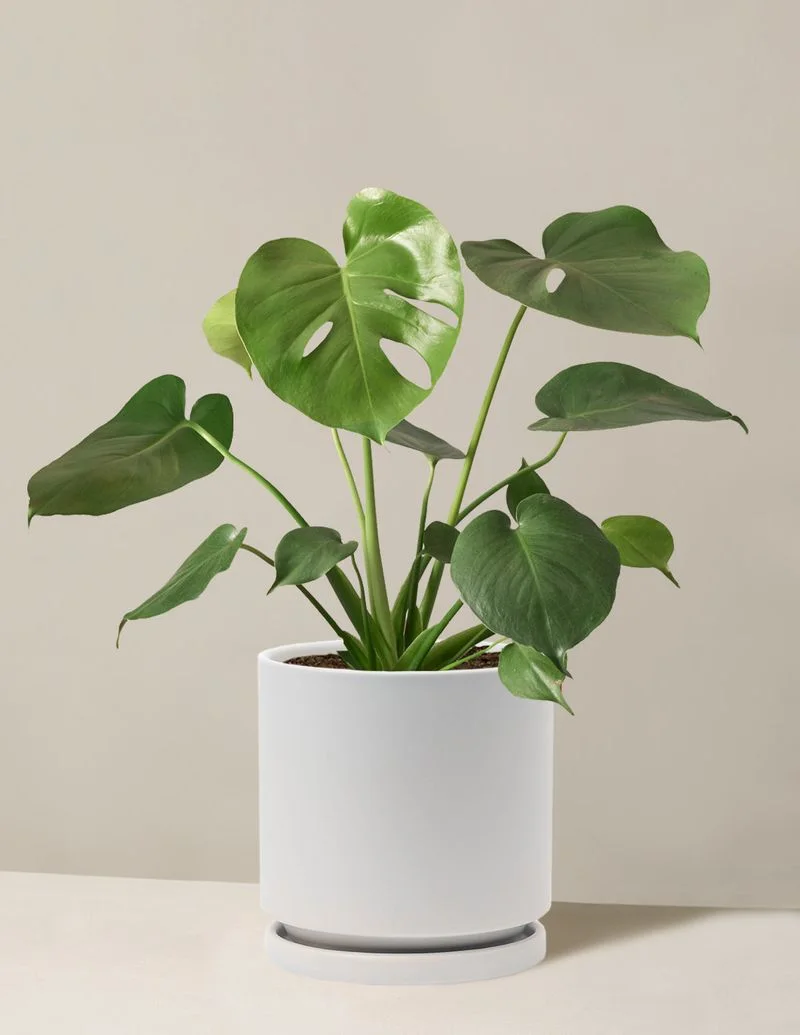
Monstera plants, with their iconic split leaves, are a trendy choice for indoor gardeners. They enjoy the stability of indoor environments, where they can receive bright, indirect light. Outdoor settings might expose them to fluctuating weather conditions that they’re not accustomed to. Indoors, they can grow quite large, making them a focal point in any room. Regular cleaning of their leaves helps maintain their glossy appearance. While they offer a touch of the tropics inside, their grandeur is best preserved within the confines of a home.
Aloe Vera
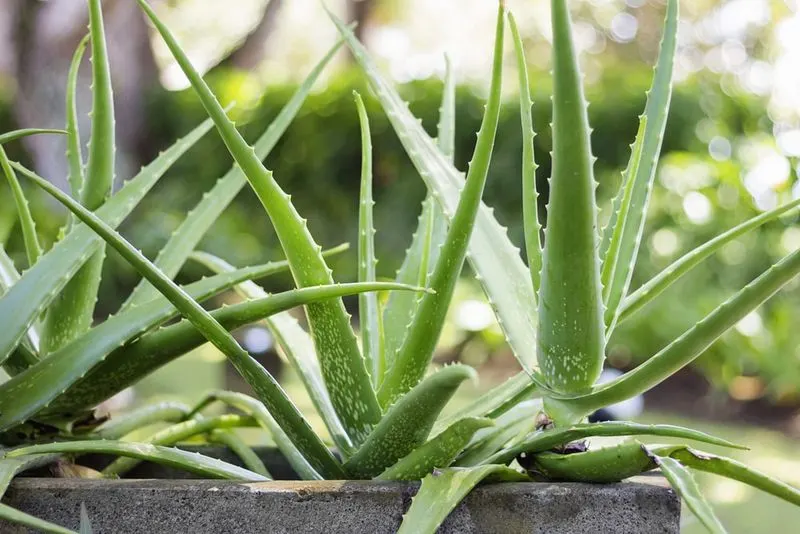
Aloe Vera is a sun-loving plant that truly thrives outdoors. Its thick, fleshy leaves store water, making it drought-tolerant and perfect for sunny spots. When grown outside, Aloe Vera can bask in the sun’s full rays, enhancing its growth and vigor. This hardy plant can withstand some neglect, making it an excellent choice for busy gardeners. Plus, having Aloe Vera on hand means you’ll always have a natural remedy for minor burns or skin irritations. Outdoors, it becomes a resilient and self-sufficient plant.
Geranium
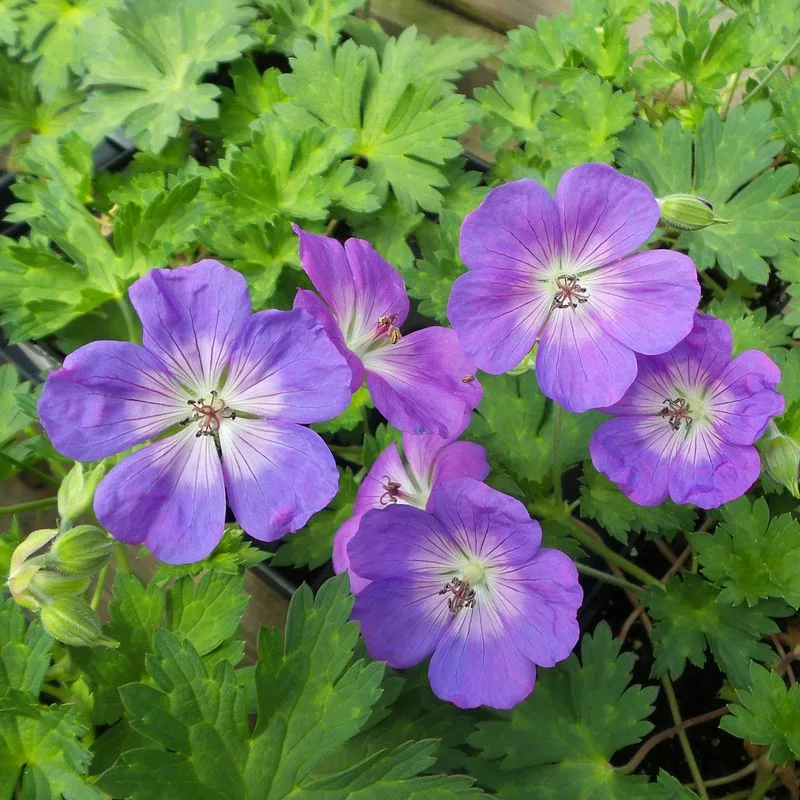
Geraniums love the outdoors, where they can soak up plenty of sunlight. Their colorful blooms add vibrancy to gardens and patios, creating a cheerful atmosphere. When grown outside, they benefit from the natural light and air circulation, which encourages more prolific blooming. Geraniums are relatively easy to care for, requiring regular watering but allowing the soil to dry out between sessions. Their fragrant leaves add an aromatic touch to outdoor spaces. They transform any garden into a lively, floral paradise when planted outside.
Lavender

Lavender is a quintessential outdoor plant, known for its aromatic purple flowers and silvery-green foliage. It thrives in sunny, well-drained spots and is a favorite among gardeners for its soothing scent and stunning visual appeal. Outdoors, lavender attracts pollinators like bees and butterflies, making it an excellent choice for eco-friendly gardens. Its drought-resistant nature means it requires minimal watering once established. Lavender not only enhances outdoor spaces with its beauty and aroma but also provides a calming presence.
Rosemary
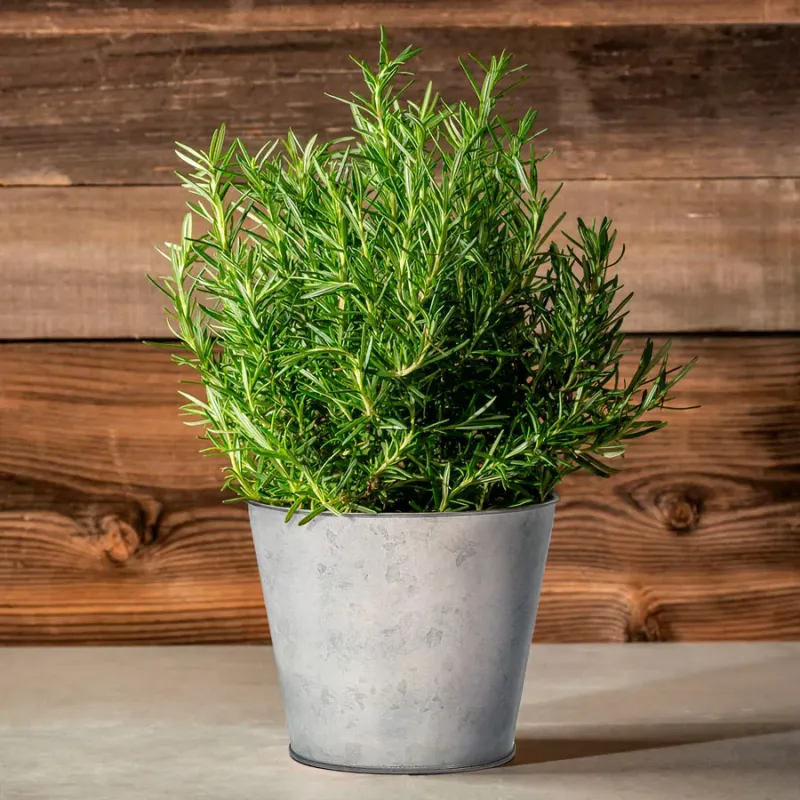
Rosemary is a robust herb that flourishes in outdoor environments. Its needle-like leaves and woody stems make it an attractive addition to any garden. Outdoors, rosemary benefits from direct sunlight and ample air circulation, which enhances its growth and flavor. This plant is drought-tolerant, making it a low-maintenance choice for herb gardens. Rosemary’s aromatic leaves are not only a culinary delight but also deter pests naturally. As a hardy plant, it exudes strength and versatility in outdoor settings.
Jade Plant

Jade plants appreciate the outdoors where they can bask in the sun, promoting their growth. These succulents are known for their thick, fleshy leaves that store water, making them drought-tolerant and perfect for sunny locations. Outdoors, they can develop a reddish tint on their edges, adding to their visual appeal. Jade plants require minimal care, thriving with just occasional watering. Their resilience and unique beauty make them a favorite for rock gardens and sunny patios.
Succulents
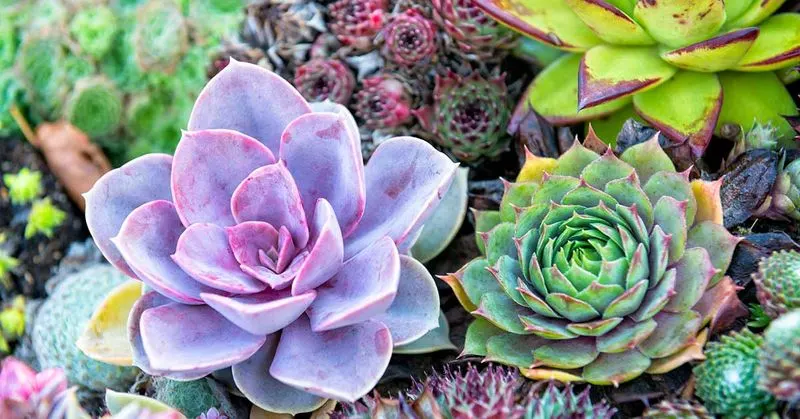
Succulents are incredibly diverse and thrive in outdoor settings where they can soak up sunlight. Their unique ability to store water in their leaves makes them perfect for arid and sunny environments. Outdoors, they display a vibrant array of colors and shapes, adding visual interest to gardens and patios. These low-maintenance plants require minimal watering and flourish with just a bit of attention. Succulents can transform outdoor spaces into captivating displays of texture and color, perfect for creative landscaping.
Bougainvillea
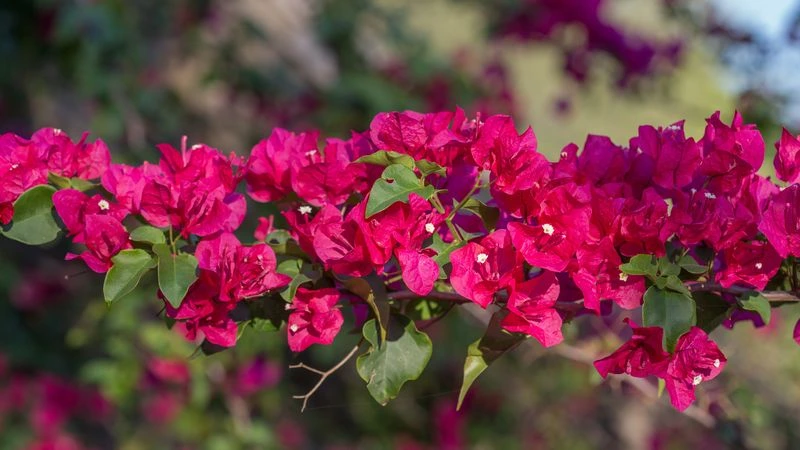
Bougainvillea is celebrated for its vivid bracts and ability to cascade elegantly over trellises and garden walls. This plant thrives in outdoor spaces, where it can receive ample sunlight and warmth. Bougainvillea is drought-tolerant and flourishes with minimal watering, making it ideal for hot climates. Its vibrant colors add a tropical flair to gardens, creating breathtaking displays. This plant’s hardy nature and stunning appearance make it a favorite for gardeners looking to add a splash of color.
Oleander
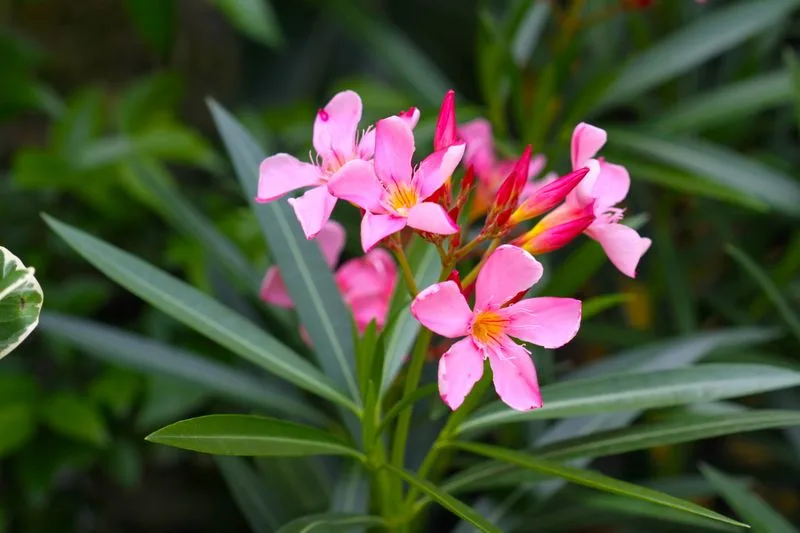
Oleander is a robust shrub known for its showy flowers and evergreen foliage. It thrives outdoors, particularly in warm climates where it can receive full sun. This plant is drought-resistant and requires minimal care once established. Oleander’s vibrant blooms come in an array of colors, adding a striking contrast to its dark green leaves. Its ability to bloom continuously makes it a popular choice for gardens and hedges. However, caution is advised as oleander is toxic if ingested.
Hibiscus
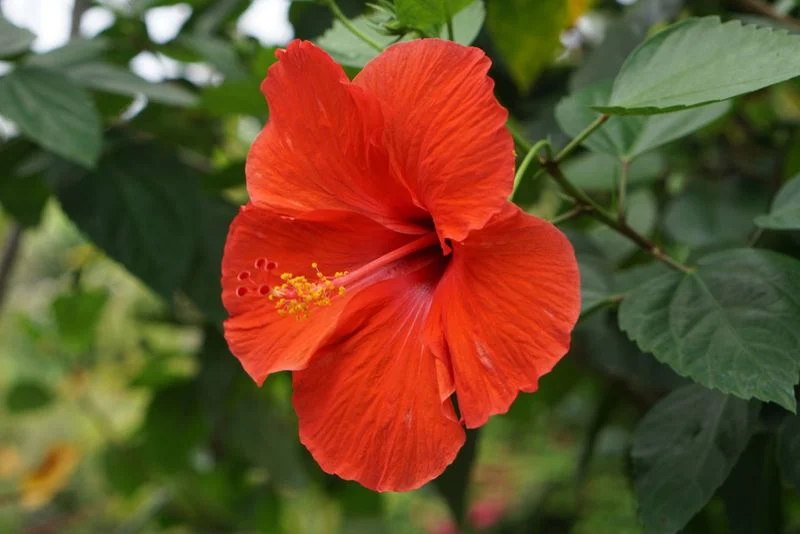
Hibiscus plants are adored for their large, showy flowers and thrive in sunny outdoor locations. They prefer warm climates and can be grown in pots or directly in the ground. Outdoors, hibiscus benefits from the natural light and warmth, which encourages prolific blooming. These plants require regular watering but reward with stunning displays of vibrant flowers. Hibiscus adds a touch of the tropics to gardens and patios, making them a popular choice for those looking to create a colorful outdoor retreat.

